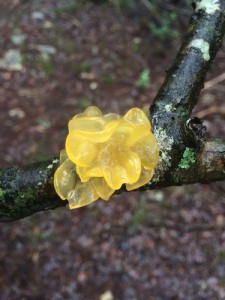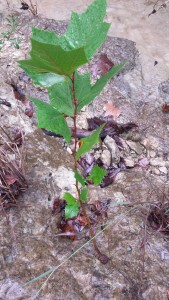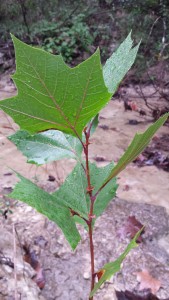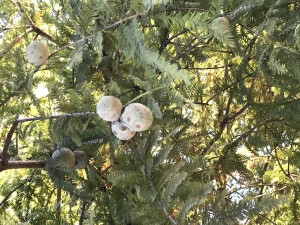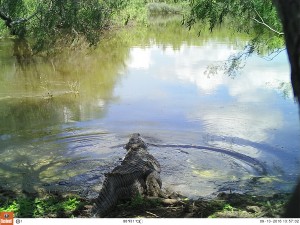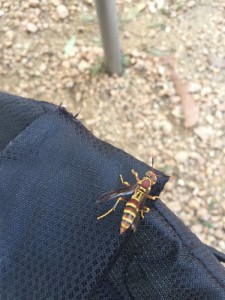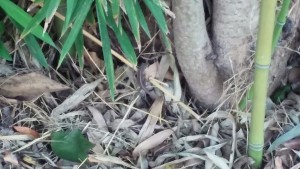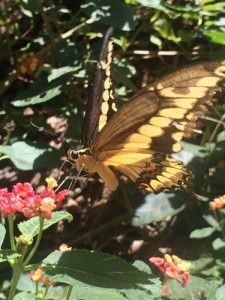I have been wanting to take a picture of this bird but they were usually too quick for me to snap picture (or rather, I’m too slow). It is easy to identify them mid-flight by catching a glimpse of two outer white tail feathers, one on each side of the tail and white patches on wings (which also can be visible while perching).

I see them everyday on SEU campus, and you probably have heard them a lot. Mockingbird adds new noises to their songs and a male bird can learn up to 200 songs. Mockingbirds sing all day and all night and apparently they sing more on night of full moon. They have certain songs for fall and spring seasons. They were popular pet birds between 1700s-1900s for their songs. Because of popularity of having caged mockingbirds, they nearly became extinct as wild birds in the East coast (in U.S.) in 19th century. When cagebird trading stopped, the mockingbird population grew again.
Northern mockingbirds are territorial and aggressive birds, they will aggressively defend their territories – attacking other birds, dogs, cats and even sometime humans if they get too close.
My iNaturalist observation can be found here.
https://www.allaboutbirds.org/guide/Northern_Mockingbird/lifehistory
http://www.audubon.org/field-guide/bird/northern-mockingbird
http://animals.nationalgeographic.com/animals/birding/northern-mockingbird/
